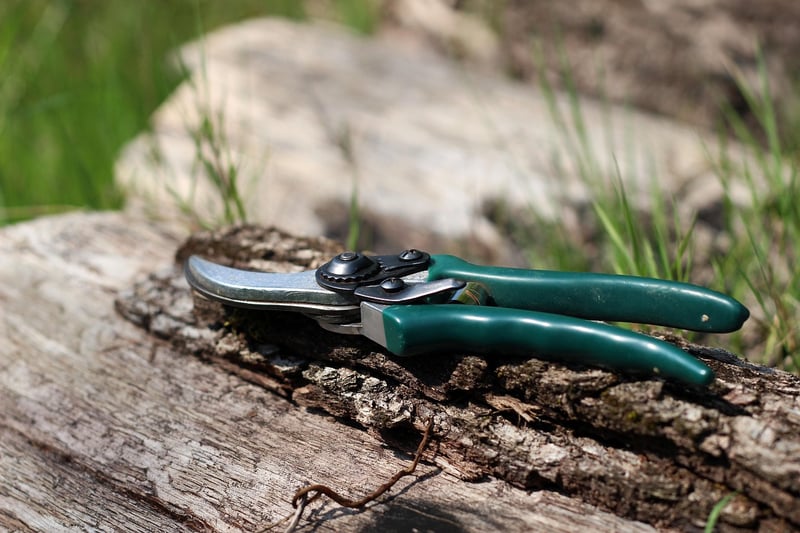Pruning Guide
Keeping Your Garden Healthy: A Pruning Guide

Introduction
Pruning is an essential gardening task that helps maintain the health and beauty of your plants. By removing dead or overgrown branches, you can encourage new growth and improve the overall appearance of your garden. In this guide, we will discuss the importance of pruning and provide you with some tips on how to do it effectively.
Why Prune?
Pruning serves several purposes, including:
- Promoting plant growth
- Enhancing flower and fruit production
- Improving plant structure
- Removing diseased or damaged branches
- Controlling plant size
When to Prune
The timing of pruning depends on the type of plant you have. In general, it's best to prune:
- Deciduous trees and shrubs in late winter or early spring before new growth begins
- Evergreen plants in early spring or late summer
- Flowering plants right after they bloom
How to Prune
- Start by inspecting the plant and identifying which branches need to be pruned.
- Use sharp and clean pruning shears to make precise cuts at a 45-degree angle just above a bud or branch junction.
- Remove dead, diseased, or crossing branches first, followed by any overgrown or crowded branches.
- Step back occasionally to assess the plant's shape and make adjustments as needed.
Tools for Pruning
Essential tools for pruning include:
- Pruning shears for small branches
- Lopping shears for larger branches
- Pruning saw for thick branches
- Gloves to protect your hands

Conclusion
Pruning is a simple yet effective way to keep your garden healthy and thriving. By following the tips outlined in this guide and regularly maintaining your plants, you can enjoy a beautiful and well-kept garden all year round.
Remember, proper pruning not only benefits your plants but also enhances the overall aesthetics of your outdoor space.
